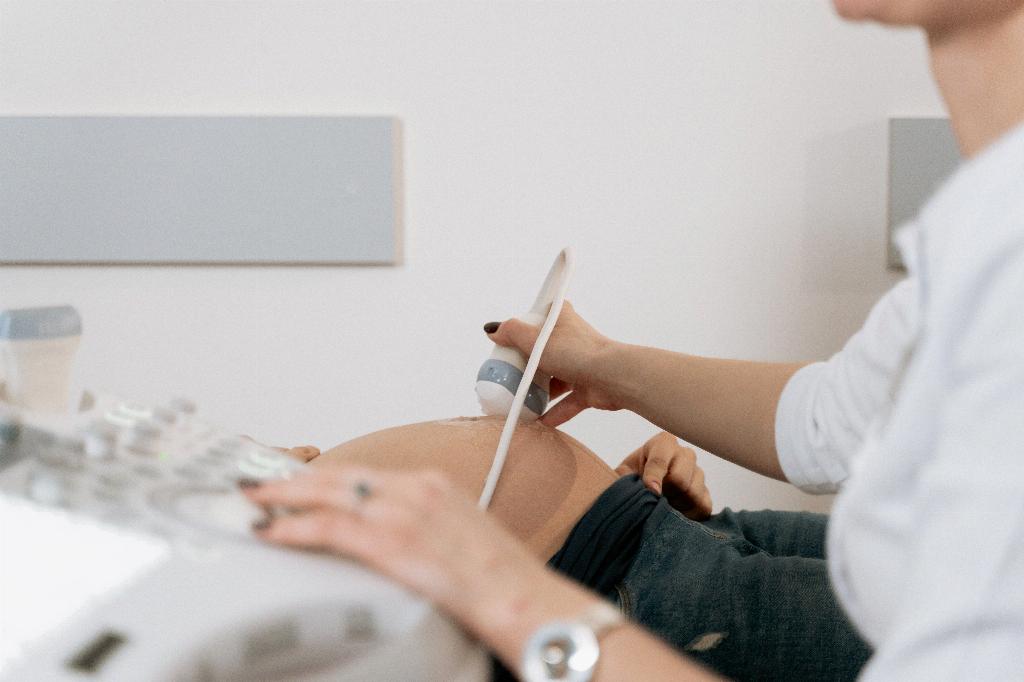During pregnancy, experiencing pain around the cervix can be a common occurrence for many women. This discomfort can be attributed to various factors related to the changes that the body undergoes to accommodate the growing fetus.
One of the main reasons for experiencing pain around the cervix during pregnancy is the normal process of the bones and ligaments shifting and stretching to make room for the developing baby. This natural adjustment can result in sharp or crampy sensations that resemble menstrual cramps.
As the pregnancy progresses, the increased weight of the uterus can also put pressure on the cervix, leading to discomfort in the pelvic region. This added strain on the cervix and surrounding tissues can contribute to feelings of pain or sensitivity in that area.
In some cases, pain around the cervix during pregnancy may be linked to specific conditions such as cervical incompetence. This condition occurs when the cervix begins to dilate too early in the pregnancy, potentially causing discomfort or even complications. It is essential for pregnant individuals experiencing persistent or severe cervix pain to consult with their healthcare provider for proper evaluation and management.
Additionally, hormonal changes that occur during pregnancy can also play a role in causing pain around the cervix. The increased production of hormones such as relaxin, which helps loosen ligaments in preparation for childbirth, can impact the stability of the pelvic area and contribute to sensations of discomfort.
Another potential factor contributing to cervix pain in pregnancy is the position of the baby. As the fetus grows and moves within the womb, its positioning can sometimes put pressure on the cervix, leading to aches or pains in the pelvic region. This discomfort may vary in intensity and duration depending on the baby’s movements and placement.
It is important for pregnant individuals experiencing pain around the cervix to practice self-care measures to alleviate discomfort. Resting in a comfortable position, using pillows for support, applying heat packs, and engaging in gentle stretching exercises can help ease pelvic pain and promote relaxation.
Furthermore, maintaining good posture and avoiding activities that strain the pelvic area can also help mitigate cervix pain during pregnancy. Staying hydrated, eating a balanced diet, and engaging in light physical activity as recommended by a healthcare provider are essential aspects of prenatal care that can support overall well-being.
In rare instances, pain around the cervix during pregnancy may be a symptom of a more serious complication such as preterm labor or infection. It is crucial for pregnant individuals to monitor their symptoms closely and seek prompt medical attention if they experience persistent or severe pain, vaginal bleeding, or unusual discharge.
Ultimately, understanding the potential causes of pain around the cervix during pregnancy can empower pregnant individuals to navigate their prenatal journey with greater knowledge and confidence. By staying informed, seeking appropriate medical guidance, and practicing self-care strategies, individuals can prioritize their health and well-being throughout this transformative period.

